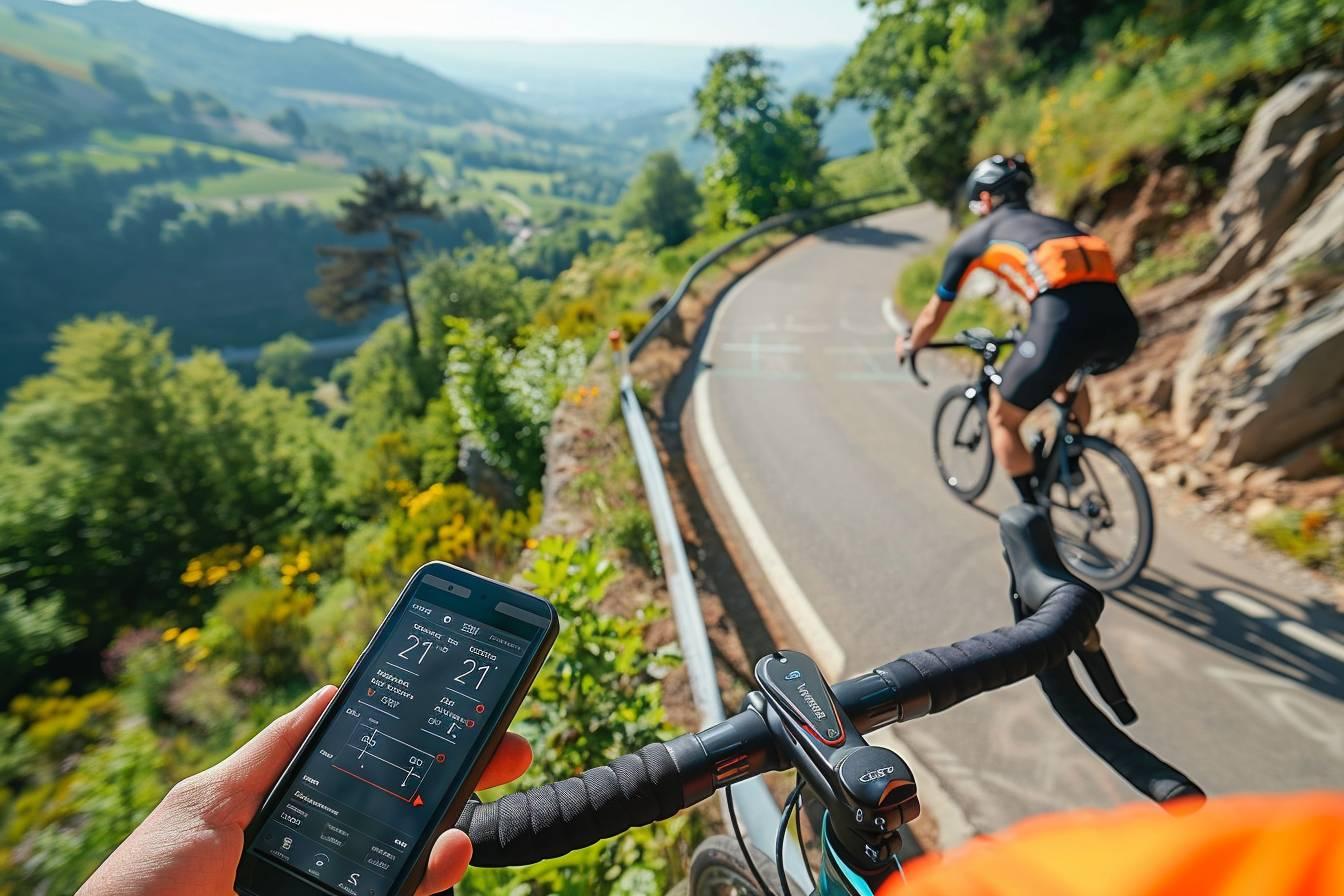Cycling power meters revolutionize training and performance by providing precise measurements of a rider’s power output. Here’s what you need to know :
- Types : Pedal-based, crank-based, spider-based, and spindle-based meters
- Key features : Accuracy, measurement type, battery life, compatibility, and data metrics
- Benefits : Optimize training, track improvements, and conduct Functional Threshold Power (FTP) tests
- Selection factors : Compatibility, accuracy, battery life, features, and price
- Performance maximization : Establish baseline, train in specific zones, analyze technique, and monitor fatigue
Cycling power meters have revolutionized the way athletes and enthusiasts approach their training and performance. These sophisticated devices provide precise measurements of a rider’s power output, offering valuable insights into their cycling efficiency and progress. Let’s delve into the world of cycling power meters and explore how they can elevate your riding experience.
Understanding cycling power meters : Types and features
Cycling power meters come in various forms, each designed to cater to different preferences and bike setups. The most common types include :
- Pedal-based power meters
- Crank-based power meters
- Spider-based power meters
- Spindle-based power meters
Each type offers unique advantages, but they all serve the primary purpose of measuring a cyclist’s power output. When selecting a power meter, consider these key features :
- Accuracy : Most high-quality power meters boast an accuracy of +/- 1-2%
- Single-sided vs. dual-sided measurement
- Battery life : Ranging from 30 to an impressive 800 hours
- Compatibility with your bike components and accessories
- Data metrics provided : Power, cadence, left/right balance, and pedal smoothness
- Connectivity options : ANT+ and Bluetooth
When choosing a power meter, it’s crucial to consider your specific needs and riding style. For instance, pedal-based power meters offer easy installation and portability between bikes, while crank-based options may provide more consistent readings for some riders.
Harnessing the power of wattage measurement
The primary advantage of using a cycling power meter lies in its ability to provide accurate measurements of your cycling output. Unlike heart rate monitors, which can be influenced by various external factors, power meters offer consistent and reliable data. This precision allows cyclists to :
- Optimize training sessions
- Track performance improvements over time
- Monitor recovery during injury rehabilitation
- Identify and address left/right power imbalances
One of the most valuable applications of power meter data is conducting Functional Threshold Power (FTP) tests. These tests help determine your sustainable power output over an extended period, typically one hour. By establishing your FTP, you can create targeted training zones to improve specific aspects of your cycling performance.
To make the most of your power meter data, consider pairing it with a cycling computer or smartphone app. These devices can display real-time power readings and store data for later analysis. Many cyclists find it helpful to train in specific power zones, which can be easily monitored using these companion devices.

Selecting the ideal power meter for your needs
When choosing a cycling power meter, several factors come into play. Consider the following aspects to make an informed decision :
- Compatibility : Ensure the power meter works with your bike’s components and preferred pedal system
- Accuracy : Look for models with high precision and reliable readings
- Battery life : Consider your riding frequency and choose a device with suitable battery longevity
- Additional features : Some power meters offer automatic temperature compensation and calibration
- Price : Power meters range from around $300 to $1500+, depending on features and brand
It’s worth noting that some power meters offer customization options, such as various crank lengths, spider sizes, and chainring compatibility. These options can help you find the perfect fit for your bike and riding style.
| Feature | Entry-level | Mid-range | High-end |
|---|---|---|---|
| Accuracy | +/- 2-3% | +/- 1.5-2% | +/- 1% or better |
| Measurement | Single-sided | Single or dual-sided | Dual-sided |
| Battery life | 30-100 hours | 100-300 hours | 300-800 hours |
| Price range | $300-$500 | $500-$1000 | $1000+ |
Maximizing your cycling performance with power data
Once you’ve chosen and installed your cycling power meter, it’s time to put that data to work. Here are some strategies to boost your performance using power measurements :
- Establish your baseline : Conduct regular FTP tests to track your progress and adjust your training zones.
- Train in specific power zones : Use your power meter to ensure you’re training at the right intensity for your goals.
- Analyze your pedaling technique : Many power meters provide data on left/right balance and pedal smoothness, allowing you to identify and correct inefficiencies.
- Monitor your fatigue : By tracking your power output over time, you can detect early signs of overtraining or burnout.
- Pace yourself during events : Use your power meter to maintain a consistent effort during races or long rides, preventing early burnout.
Remember that power meters are versatile tools suitable for various cycling disciplines, including road cycling, mountain biking, indoor training, and professional racing. Whether you’re a seasoned pro or a dedicated enthusiast, incorporating power data into your training regimen can lead to significant improvements in your cycling performance.
By leveraging the accuracy and consistency of cycling power meters, you can take your riding to new heights. These devices offer unparalleled insights into your cycling output, enabling you to train smarter, race more effectively, and achieve your performance goals with precision. Embrace the power of wattage measurement and unlock your true cycling potential.
